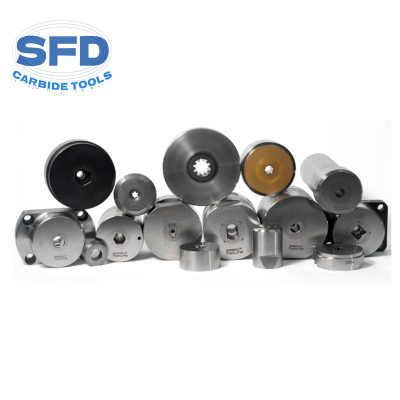Dry drawing lubricants, also known as “drawing lubricant powders” or “drawing powders,” are commonly divided into two types: calcium-based and sodium-based. During the cold drawing process of steel wires, these lubricants play a crucial role in providing lubrication, reducing the coefficient of friction, saving energy consumption, and extending the service life of the drawing dies.

When drawing low-carbon steel wires, high-carbon steel wires, special alloy steel wires, stainless steel wires, and other metal wire products, the drawing powders can form a lubricating film on the wire surface as it undergoes deformation. This lubricating film protects against corrosion and improves the surface quality of the final wire products, facilitating subsequent processing steps such as plating.
Drawing powders can be broadly classified into two categories:
- Sodium-based drawing powders
- Calcium-based drawing powders
Drawing powders are complex formulations, typically containing ingredients such as calcium hydroxide, sodium hydroxide, stearic acid, animal fats, vegetable oils, paraffin wax, industrial soap powders, talc, and industrial alkalis. The primary function of these drawing powders is to form a lubricating film between the drawn metal wire and the drawing die wall, reducing the interface friction and energy consumption during the drawing process. They also prevent adhesion and galling on the die surface, which can lead to reduced energy consumption, lower temperature rise, and extended die life, ensuring consistent product quality.
Additionally, the drawing powders can impart certain characteristics to the drawn wire products, such as the thickness of the residual lubricating film, ease of cleaning, corrosion resistance, compatibility with other media, and performance in subsequent processing steps like plating and welding.
To be effective, drawing powders should possess the following key properties:
- Strong adhesion to the wire surface and the ability to enter the drawing die with the wire
- Thermal and chemical stability under the high pressure and temperature conditions of the drawing process
- Good extensibility and lubrication properties, forming a layered lubricating film structure
- Compatibility with the wire material, without causing chemical reactions or corrosion
- Environmental friendliness, low toxicity, abundant availability, and low cost for easy storage and handling.





